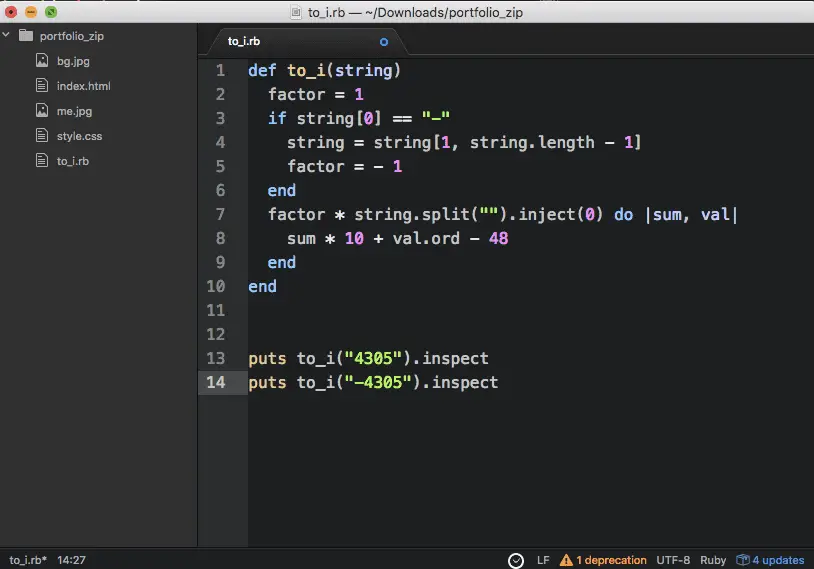
Apparently this can make your Vim really slow when moving up and down. If that sounds confusing, just type :set relativenumber and you will see what I mean.

If you are not familiar with this setting, what it does is instead of displaying the actual line numbers in the file, it displays the how many lines away a line is relative to your current line. One of the settings that really slowed my Vim down, was the relativenumber setting. If you don’t stick to the bare essentials, it is likely that Vim will start to slowdown. For all other plugins, you need to really consider whether you need it or not. I don’t use many plugins, most of them are just to work with newer languages such as Rust and Elixir. Not much to say here, it just looks awful, yet it is highly recommended. It is not a smooth transition from “no error” to “error”. I absolutely hate the way it displays the errors. I have tried for a long time to get it to work as well as it works on Sublime Text, but I was never able to get it even close to the performance and quality of the results of Sublime Text.Īnother popular plugin is Syntastic. From having to refresh every time I made a new file, to folders such as node_modules being included in the results unless I refreshed again (although this could be an issue with The Silver Searcher).

The default setup can be improved by using The Silver Searcher to find the files and using ctrl-py-matcher to match files with your search query. It is currently the most recommended way of opening files in Vim. Vim has built-in functionality to be extended, but every plugin seemed to make it gradually slower, more than on other editors. What I didn’t like about Vim was that a good number of plugins always felt like a hack. I really liked that I could use it in the terminal where I could easily switch to do other things on the terminal. vimrc that fits my needs and use a few plugins. I am not the best Vim user, but I know it enough that any editor that forces me to use the mouse would make me less productive. I am not scared of the terminal and continue to use it for Git, the Rails console, running tests, among other things.

I still use tmux and tmuxinator to set up the dev environment for the current project I am working on (changing to the correct directory, switching to the correct ruby version, starting servers, etc.). Prior to this week, I would work almost exclusively in the terminal with NeoVim ( never a GUI Vim) and tmux. I mostly work on Ruby on Rails and Ember.js projects. Eduardo Bautista Switching to Sublime Text from Vim in 2017


 0 kommentar(er)
0 kommentar(er)
